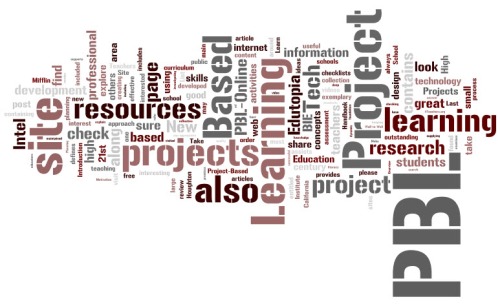Welcome to the fifth in a series of summer posts dedicated to bringing you the biggest collections of national and international resources you will find anywhere. Summer is a perfect time to examine what you just might want to include in next year’s lesson plans that will engage your students. I plan to share resources that will cover all the curricular areas. Each article will give an in-depth and informative visit to one of these sites. Make sure you bookmark, copy, RSS, subscribe by email and visit my 21centuryedtech Wiki! You will want to share! If it is not summer where you are, then you can jump right in and facilitate learning with some new material tomorrow. I will announce each post on twitter at (mjgormans) so be sure to follow. – Mike
Kids.gov is the official kids’ portal for the U.S. government. This giant repository links to over 2,000 web pages from various government agencies, schools, and educational organizations, all geared to the learning level and interest of kids. This amazing site is maintained by the Federal Citizen Information Center (FCIC) in Pueblo, Colorado. Learn more about FCIC by visiting www.pueblo.gsa.gov. At first glance you will enjoy a link to the Kids.gov site of the month. In just one click you will enter a high quality site featured each moth of the year. Now this is just one site that Kids.gov points you to! In reality, Kids.gov really is a country of resources and is organized into three audiences: They are Grades K-5, Grades 6-8, and Educators. High School teachers will still find a large selection of resources in the Educator’s Section. Each of these audience sections is divided into subject area disciplines that include Art, Careers, Computers and Technology, Government, Health/Fitness/Safety, Math, Science, and Social Studies. This multiple collection of resources across the disciplines really does make Kids.gov a mega site for education. Within each subject, the websites are grouped as either government sites (Federal, state, military) or other resources (commercial, non-profit, educational). The sites listed under the other resources category are maintained by other public and private organizations.
The main point of any post I write is to give you some of the amazing resources that you might not find at first glance. In this case it could be the Free For Teachers Page that is filled with ever changing ideas such as the lesson plan of the month. While you are there you may want to check out all the other free information from the FCIC. This site could provide you with an activity starter or just a great place to garner information for data collection. Explore the Hot Topic Resources that cover Government , American History , Earth Science – Environment , Games and Activities , Careers , Social Studies , and Money . In fact the State Websites is a great place to begin to facilitate student research and creation of projects based on the fifty states found in the USA. You will even find a link to White House 101, complete with info on Presidents, Fun Facts, and even First Pets. There is even a look at all the ins and outs of this historic residence. Don’t miss an important link to FREE (Federal Resources for Educational Excellence). At FREE there are links to collections of animations, primary documents, photos, and videos. This link is worthy of a post in itself. Looking for research? There is a link that may lead you to some academic research on education with-in ERIC, the Educational Resource Information Center. An amazing link to Teacher’s First could find you exploring for resources the rest of the day. How about data for students to organize and portray in a graph,, information for a report, exciting lessons and activities, and even podcasts? You will definitely find it, since I have really only covered less then a dozen of the over 1200 links provided. Kids.gov gives you and your students the opportunity to jump in and find great information and ideas to build activities that will connect to almost any content standard!
Kids.gov truly is a gateway that takes your students to a mountain of sites. While the majority of the links are from government sites, there are some links to commercial and other non-government sites. It may be time for you to take that mouse in hand and click you way through Kids.gov and its many links to classroom adventure. I guarantee that you will find yourself linking your students to a world of 21st century activities and resources.
Thus, my focus, to share with you vast resources such as Kids.gov this summer! Take some time to investigate and possibly implement in the school year, or tomorrow! I will continue to bring thought, reflection, and amazing web apps along with this summer series. Please share with others, visit the 21centuryedtech Wiki, follow on me twitter (mjgormans), and subscribe to this blog by RSS or email . If you have resources that you feel need to be included please leave a reply! Enjoy, relax, play, and smile…. also take a moment to transform education toward 21st Century Learning! – Mike





















